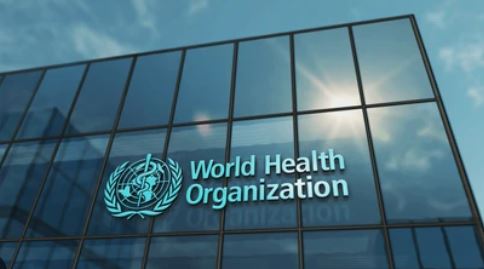India’s healthcare landscape is witnessing a positive shift as the doctor-to-population ratio surpasses the World Health Organization’s (WHO) recommended benchmark. This achievement underscores the government’s dedication to bolstering medical education and infrastructure, ensuring improved access to healthcare services for its vast populace.
Doctor-Population Ratio: A Triumph for India’s Healthcare System
In a recent statement to the Lok Sabha, Minister of State for Health Anupriya Patel revealed that India’s doctor-to-population ratio stands at an impressive 1:836. This figure significantly outperforms the WHO’s standard of 1:1000, signifying a notable advancement in the country’s healthcare accessibility.
Robust Medical Workforce: A Testament to Government Initiatives
The National Medical Commission (NMC) reports a total of 13,86,136 allopathic doctors registered with state medical councils and the NMC as of July 2024. When combined with an estimated 5.65 lakh AYUSH doctors (practitioners of traditional Indian medicine), India’s healthcare workforce is a testament to the government’s proactive measures in expanding medical education and infrastructure.
Expanding Medical Education: Nurturing the Next Generation of Doctors
With 731 medical colleges offering 1,12,112 MBBS seats and 72,627 postgraduate seats, India’s medical education landscape is flourishing. The government’s Centrally Sponsored Scheme (CSS) has played a pivotal role in establishing 157 new medical colleges by upgrading district/referral hospitals, with 109 already operational. This initiative has not only increased the number of medical graduates but also enhanced the quality of medical education.
Enhancing Infrastructure: Modernizing Healthcare Facilities
Under the Pradhan Mantri Swasthya Suraksha Yojana (PMSSY), 75 projects have been approved to upgrade government medical colleges by constructing super-specialty blocks. The completion of 66 of these projects marks a significant stride in modernizing healthcare facilities and expanding specialized care.
Promoting Specializations and Addressing Faculty Shortages
The recognition of the Diplomate of National Board (DNB) qualification for teaching faculty positions and the extension of the age limit for appointments in medical colleges to 70 years have effectively addressed faculty shortages. These measures have ensured that medical institutions are staffed with experienced and qualified professionals, further elevating the standard of medical education.
Key Takeaways:
| Key Learning Points |
|---|
| India’s doctor-population ratio surpasses WHO standards. |
| 13,86,136 allopathic doctors are registered with state councils and NMC. |
| 731 medical colleges offer 1,12,112 MBBS seats and 72,627 PG seats. |
| CSS has established 157 new medical colleges. |
| PMSSY has upgraded 66 government medical colleges. |
Soumya Smruti Sahoo is a seasoned journalist with extensive experience in both international and Indian news writing. With a sharp analytical mind and a dedication to uncovering the truth, Soumya has built a reputation for delivering in-depth, well-researched articles that provide readers with a clear understanding of complex global and domestic issues. Her work reflects a deep commitment to journalistic integrity, making her a trusted source for accurate and insightful news coverage.



